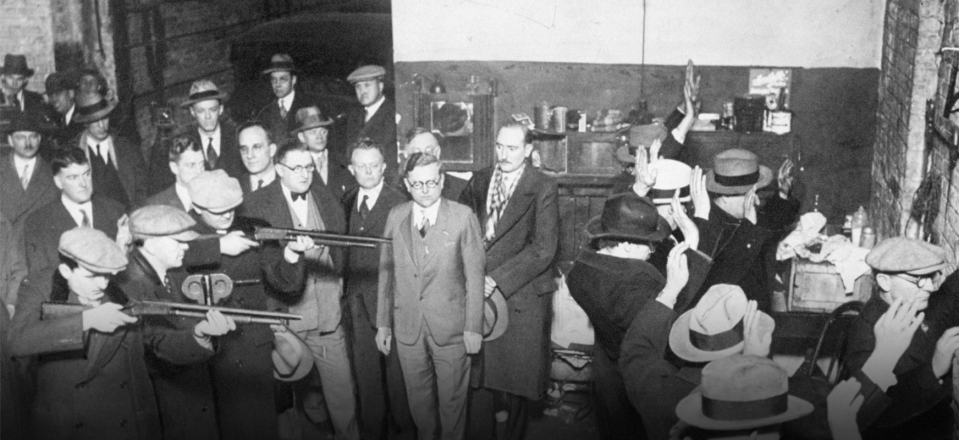Murder convictions at stake as Kentucky justices reconsider testimony on bullet casings
- Oops!Something went wrong.Please try again later.
When Kelli Kramer and her 9-year-old son Aiden were found shot to death in their Boone County apartment on March 21, 2018, the floor was littered with spent .22 caliber shell casings.
The gun was never found, but a federal firearms examiner testified the casings matched some found on an Ohio farm where Kramer’s ex-boyfriend was known to take target practice. The examiner's conclusion: They came from the same gun.
Joshua Austin Ward was convicted of both murders and sentenced to two terms of life without parole.
The convictions seemed in little doubt because for more than 100 years courts have allowed expert testimony that bullet casings found at a crime scene matched a particular gun.
The discipline is premised on the theory that the firing pin of a gun will leave identifiable and unique markings on the softer shell casing it strikes.
Examiners say they can also tell if a bullet came from a certain gun by looking at the tiny grooves, scratches and other striations created as the bullet blasted through the gun's barrel.
Such ballistics testimony figured in the investigations of Chicago’s St. Valentine’s Day Massacre and the murders for which Italian anarchists Sacco and Vanzetti were executed. Decades later, U.S. Chief Justice Earl Warren relied on firearms examiners to determine whether a rifle owned by Lee Harvey Oswald fired the bullets that killed President John F. Kennedy.

But so-called ballistics fingerprinting has come under attack since the little-known President’s Council of Advisors on Science and Technology issued a report in 2016 challenging the reliability of the firearms identification discipline.
That and other findings have prompted courts across the country to take another look at forensic ballistics, which one federal appellate judge wrote has the same “probative value as the vision of a psychic.”
Now it is Kentucky’s turn.
On Wednesday, the Kentucky Supreme Court is asking the state Department of Public Advocacy and the state attorney general’s office to argue a single question: Whether firearms examiners should be allowed to testify that a particular casing came from a particular gun.
The decision could determine whether Ward's conviction is reversed, in which case he would get a new trial. The Supreme Court is so determined to get at the truth on ballistic testing that it is allowing both sides to cite cases from other states and even unpublished opinions and journal articles.
Representing Ward, assistant public advocates Shannon Dupree and Kayley Barnes say such testimony should be inadmissible or, at most, examiners should be allowed to say shell casings “cannot be excluded” as being from the firearm in question.
They say the conclusions of examiners are too subjective to meet the requirements for scientific evidence set by the courts.
They note in their brief that one federal appeals court said “100 examiners could use 100 different standards” to determine if two casings match.
The defense lawyers also say error rates can vary widely among different types of firearms. They cited the same federal appeals court as saying examiners “correctly classified” about 90% of bullet sets fired from Beretta handguns, but only about 57% of those fired from Ruger handguns.
Firearm identification originated in the early 1900s, But Ward’s lawyers say in their brief that the theory underlying it no longer makes sense in a world where guns are not the product of individual craftsmen but are "mass produced weapons.”
Attorney General Daniel Cameron’s office, though, says the state Supreme Court got it right six years ago when it said firearms examiners may say casings came from a particular gun as long as they don’t assert their opinion is an “absolute certainty.”
Assistant Solicitor General Harrison Gray Kilgore notes in his brief that the U.S. Justice Department follows that same rule.
He said Jennifer Owens, a supervisory firearms examiner at the Bureau of Alcohol, Tobacco, Firearms and Explosives, who testified at Ward’s trial, has worked hundreds of cases since starting at ATF and she has testified as an expert in several state and federal prosecutions.
She acknowledged on the witness stand that her opinion was subjective but said there was “sufficient agreement” between the markings on the casings found in Kramer’s apartment and those found at the farm to conclude that they they were fired by the same weapon.
Kilgore adds that another ATF examiner came to the same conclusion.
He also says that studies, including one conducted last year of 570 analyses done by 11 examiners, found error rates in the single digits and that tests conducted since the President’s Council report have found nearly no instances of false positives.
If there are flaws in ballistics testing, Kilgore says, defense lawyers can challenge it through cross examination and their own experts.
The Supreme Court is unlikely to rule on ballistics evidence for many months, as it also decides whether to affirm or reverse Ward’s conviction.
The defense argued at trial that there were numerous possible perpetrators of the murder because Ward and Kramer both engaged in a polyamorous lifestyle and Kramer had numerous stalkers. The couple met on "Fetlife," a website for people into bondage and other kinky sex, according to court records.
Ward, 53, began serving his sentence in 2021, the year he was found guilty, and is incarcerated at Western Kentucky Correctional Complex in Lyon County.
Read also: Battleground county? Daniel Cameron backers say Jefferson County could be key to victory
He testified at his trial that he had not seen Kramer since they parted ways the year before the trial and cell tower records showed he was at home using his cell phone at the time of the crime.
His lawyer told the jury that casings had been sitting in the ground for months on the farm in Hamersville, Ohio, about 50 miles east of Boone County, and that the scratches on them that the firearms examiners said indicated a match would have been caused when they were run over by a lawnmower.
But the prosecutor said the casings and their markings “speak for” the victims.
The jury deliberated for six hours before finding Ward guilty.
Reporter Andrew Wolfson can be reached at (502) 396-5853 or awolfson@courier-journal.com.

This article originally appeared on Cincinnati Enquirer: Is bullet casing identification valid? KY high court to weigh merits

